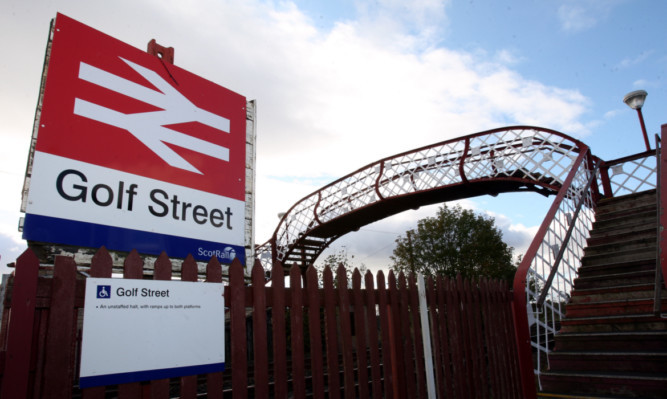A pair of railway halts in Angus have retained their status as Scotland’s quietest stations, according to new figures released by transport chiefs.
Barry Links saw just 60 passenger exits and entries in 2014/15, with Golf Street a short hop away in Carnoustie recording a user figure of just 86.
The figures for the two ghost stations, which have limited daily services, put them fifth and seventh respectively in a list of the top 20 quietest stations in Britain released by the rail regulator.
Breich in West Lothian and Kildonan in the Highlands were the only other Scottish stations to feature on the list.
Barry Links’ footfall actually increased from the previous year up from 40 passenger exits and entries in 2013/14 while Golf Street dipped marginally from a previous year figure of 90.
Shippea Hill in Cambridgeshire was Britain’s quietest station, although its passenger figure jumped from just 12 the previous year to 22.
In contrast, London Waterloo had the most passenger entries and exits last year at 99.2 million, according to the Office of Rail and Road. The 10 busiest stations are all in the capital, apart from Birmingham New Street.
The total number of entries and exits at Britain’s stations in 2014-15 increased by 4.5% to reach 2.8 billion.
However, London Bridge, which has suffered severe disruption on several occasions this year, bucked the trend with a fall of almost seven million (12.3%).
Martin Abrams of the Campaign for Better Transport said: “These statistics show more passengers than ever are using the rail network and it is vital the Government supports this.
“As well as increased investment in the biggest and busiest stations in London and the south, we need to see more done in parts of the north where there has been very little investment.
“This must include more station re-openings to connect rural communities who currently lose out as they are not on the network.”
